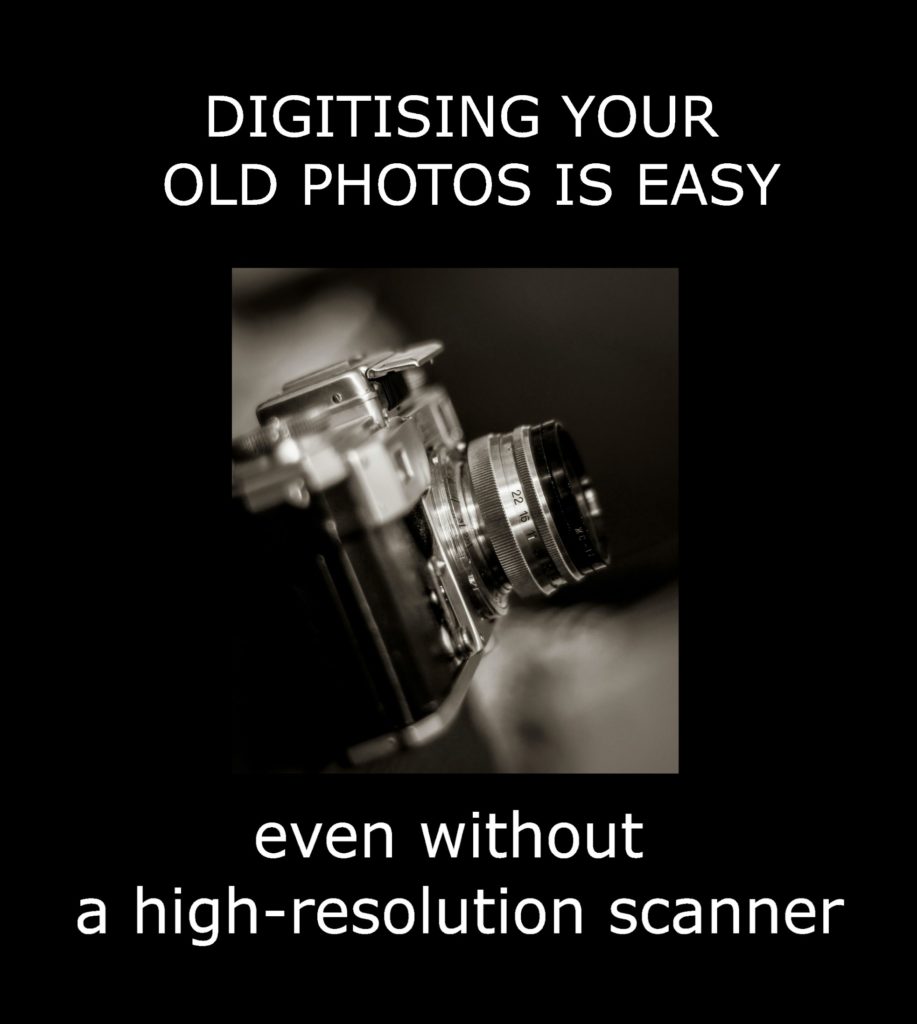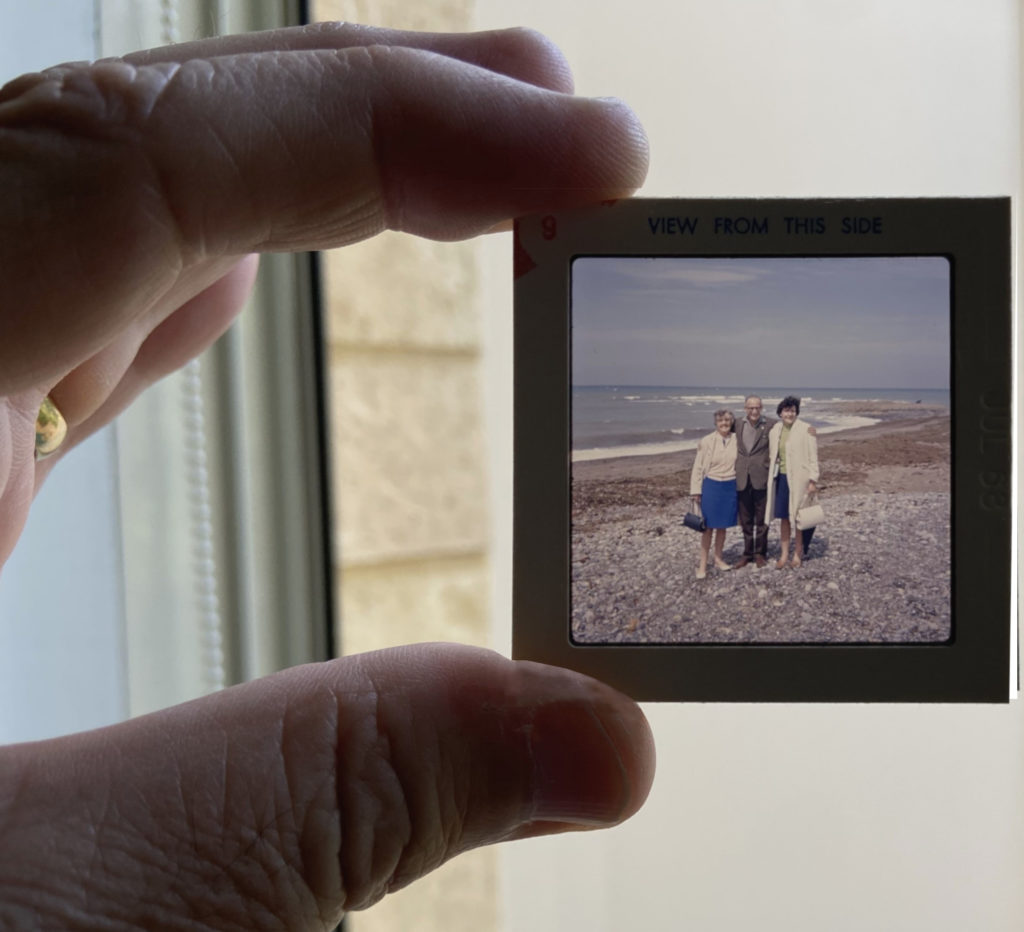
Digitising your photos
When digitising your photos for restoration, it is important, for the best results, for us to have a high-resolution digital image to work from. Ideally, this should be at least 600dpi, which you can achieve in two ways.
First, if you own, or have access to a high-resolution scanner, simply set your scanner to 600 dpi or higher, then scan to your computer and upload it to us by clicking HERE.
Digitising your photos if you don't own a high-res scanner
If you don’t own a high resolution scanner, (most home scanner/printers cannot achieve 600dpi), don’t worry, as digitising your photos is also easy by re-photographing them on your smart phone – and you won’t need a special app.
Digitising your photos using your smartphone
1. Photographic Prints
- Attach your image to a flat vertical surface. This must be in a bright area, ideally outside, but NOT in full sun.
- For this purpose, ensure your image is not behind glass, as this causes unnecessary reflection.
- Then position your smartphone, ideally on a stand or tripod if you have one. Although, hand-held is still okay.
- After that it is important that you align the phone-camera on the same plane as the image as shown below: –

- If you copied the image using a hand-held phone, we recommend taking a few shots and choose the one where the edges are best aligned.
- Similarly, it is also recommended to leave a border around the outside, (we will crop this later during the editing process).
- Finally, save your image as a jpg, png or gif file. (photos saved to a smart-phone are normally saved as jpg automatically)
- Then, in conclusion, click the link HERE to attach and send your image to us.
2. Photographic Slides and Negatives
If copying a slide or negative, follow the same procedure as shown above, except:
- To get a bright background, shine a bright light onto a plain white screen or light-coloured wall. A brightly lit or sunlit door or wall is fine.
- IMPORTANT:
- Do not use a wall, door or screen with a pattern as this will show through on your image.
- Equally, do not use a wall, door or screen with a strong colour, as this will distort the colours in your image.
- Equally important, do not use a computer screen as a back-lit light source. This will probably leave a grid pattern on your image.
- Next, mount or ask someone to hold the slide or negative in front of the wall for you.
- In any event, if using an artificial light source to illuminate the screen or wall, be careful to avoid your light source shining directly onto the front of your slide.

-
Position your smartphone, ideally on a stand or tripod if you have one, although hand held is still okay. It is equally important that you align the phone-camera on the same plane as the image as illustrated above for copying prints.
Similarly, if you copied the image using a hand-held phone, we recommend taking a few shots and choose the one where the edges are best aligned. We also recommend leaving a border around the outside, which we will crop later during the editing process.
Finally, save your image as a jpg, png or pdf file. Click the link HERE to upload and send your image to us.

